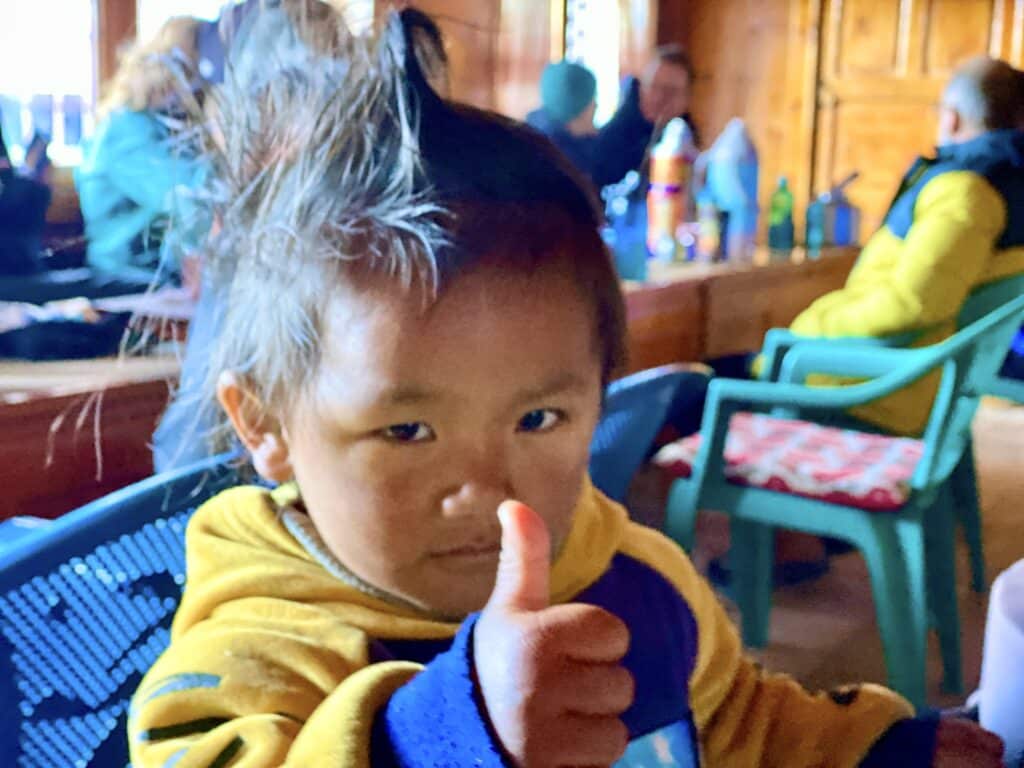Step 1: Investment
I’m Nick from resilience Builders and just to recap, this post follows on from my intro post last week. Over the next 5 weeks I’ll be sharing information and context around 5 important elements that have the power to turn literally hundreds of enjoyable and challenging activities into an experience that will also help to develop and build your resilience.
I’ve identified the unique combination of these 5 elements after more than 20 years’ experience living and working with the remarkable high-altitude Sherpa mountaineering guides of Nepal.
Step 1 is all about investment. And investment is really an umbrella word I’m using that includes preparation, planning, time, energy, training, effort and commitment. So let’s dive in…
Being invested when you’re climbing the world’s highest mountains is non-negotiable. Every high-altitude mountaineering Sherpa knows and lives this. The success and safety of every expedition they lead wholly depends on their planning and preparation, their equipment, their team and a no short-cuts approach. They are acutely aware their safety and the safety of others depends on the work and preparation they put in often well before an expedition even commences. The time and effort involved in getting this right is their investment.
But what does being invested look like for us and how do we get invested? First and foremost, for an activity to serve as a resilience building exercise, you must want a successful outcome. You need to want that successful outcome so badly that you’ll be willing to invest time, effort and real commitment into your planning and preparation in order to be successful. Some people refer to this as having “skin in the game”. The outcome needs to matter enough that you’ll do as much as possible in the lead-up to achieve the outcome you want.
Let’s apply this to an example that many of you as parents might be familiar with. Your child has a music soiree coming up and they’ll be performing in front of their family and friends.
If your child is just going through the motions and doesn’t really care how they perform, the soiree won’t qualify as a resilience building activity. Same goes if they’re just doing it because Mum and Dad want them to 😬. But, if they really want to nail it and impress their audience, it’s different.
If putting on a good performance matters, and your child is putting in the time, effort and practice to make that happen, something as simple as their music soiree can absolutely become a resilience building activity. I’m not suggesting as the parent you’d ever present it this way to your child, but the resilience building magic has certainly started in the background when the investment is being made.
Let’s be really clear on this… the outcome good or bad is not something we can control. And this is a critical component in the resilience development process that we’ll be exploring more in Step 2. But for now, the starting point for creating any resilience building activity, is caring enough about the outcome that you’re prepared and willing to invest the work to get the desired result.
And as you’ll discover when we explore “Step 2: Uncertainty” next week, the potential to fail, regardless of the time and effort invested, is what has the capacity to transform the most casual of activities into a compelling resilience building experience.







